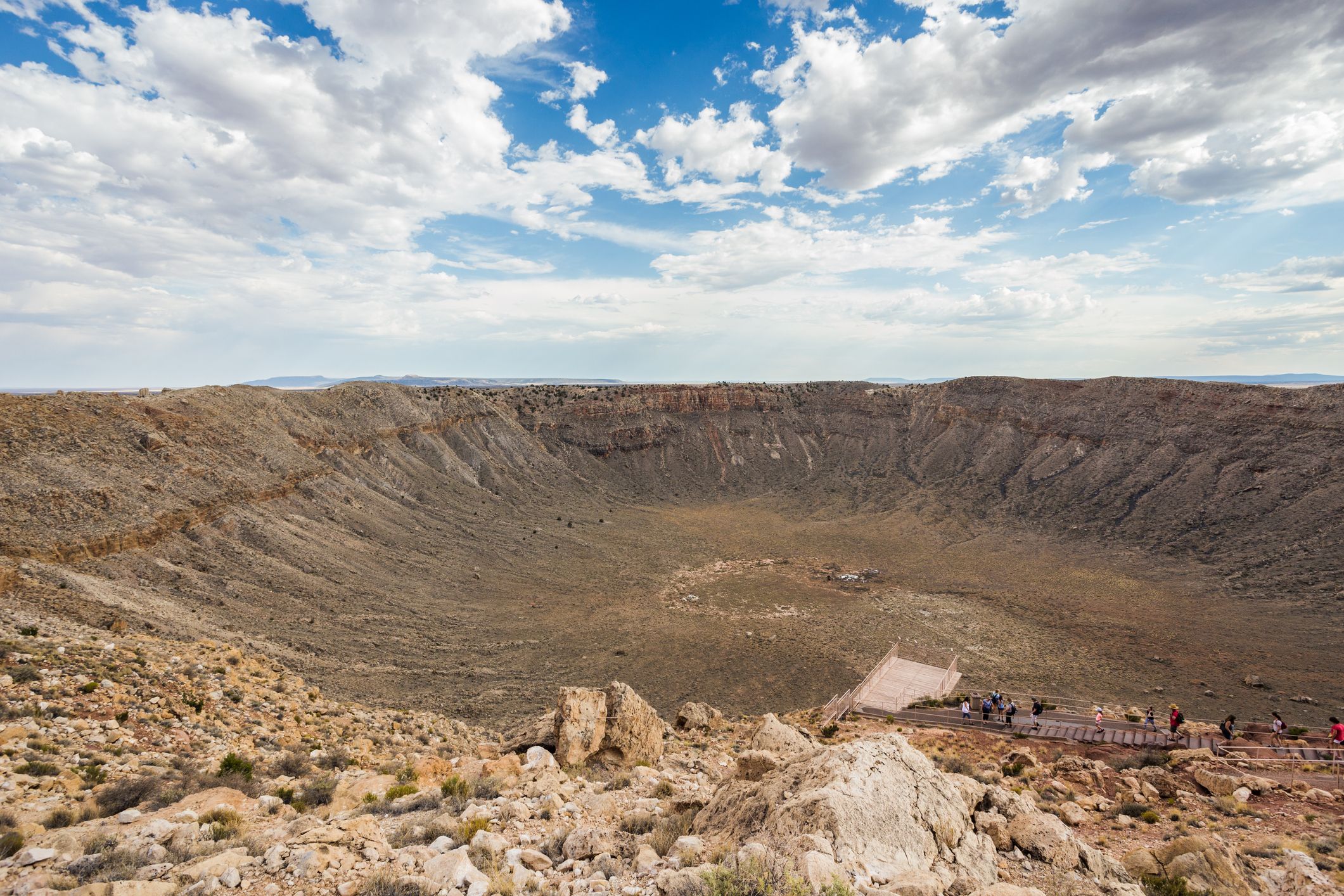Researchers from the University of New South Wales (UNSW) have uncovered a crater that is believed to provide evidence of an asteroid impact on Earth. This crater, located in the vicinity of the town of Deniliquin in Australia, now stands as the world’s largest-known impact crater, boasting an astounding diameter of 500 kilometers.
Discovery of the Deniliquin Crater
Published in the journal Tectonophysics, the researchers assert that the recently discovered crater, which they refer to as the Deniliquin crater, was formed as a result of the largest asteroid impact in history.
Assistant Professor at UNSW, Andrew Glikson, has stated that the size of the crater is immense, reaching an approximate diameter of 520 kilometers. This measurement surpasses the size of the previously largest-known impact structure, the Vredefort structure in South Africa, which has a diameter of 300 kilometers.
Linked to the Late Ordovician Mass Extinction
Glikson posits that the impact responsible for the Deniliquin crater likely occurred during the Late Ordovician mass extinction event. He speculates that this event might have triggered what is known as the Hirnantian glacial stage, which transpired between 445.2 and 433.8 million years ago.
“This substantial glaciation and mass extinction event eradicated about 85% of the species on the planet,” he wrote, as quoted from Popular Mechanics.
According to experts, a collision with such a massive asteroid could have devastating consequences for life on Earth. It would not only unleash massive waves of destruction but also result in a shower of debris. Additionally, the atmospheric disturbances caused by the impact would dim the Sun’s intensity and trigger cooling events.
Studying Asteroid Impact Structures
Scientists have long been endeavoring to comprehend the geophysical composition of materials ejected from craters during asteroid impacts. They have been studying layers of “impact ejecta” across various terrains worldwide.
In 1995, a colleague of Glikson, Tony Yeates, proposed that magnetic patterns in New South Wales likely represented the remains of a buried large asteroid impact structure.
By analyzing recent geophysical data in the region between 2015 and 2020, Glikson confirmed the existence of the asteroid impact structure, which he referred to as the Deniliquin structure, with a seismic dome at its center.
To support his claims, Glikson cited several indicative physical phenomena. These phenomena include:
- Symmetrical ripple patterns resulting from the extremely high temperatures of the asteroid impact.
- A low magnetic zone located at the center of the crater, associated with mantle dome deformation.
- Radial fractures extending from the center, believed to be characteristic of large rock impact structures.
In this regard, the researchers suggest that the central uplift of the rock has eroded over time. They acknowledge that further evidence of the Deniliquin impact will require extensive drilling operations deep into the structure.
Without large-scale drilling operations on the horizon, researchers must associate the Deniliquin crater findings with possibilities related to a massive asteroid impact and the consequences thereof. If accurate, it implies that the asteroid was indeed colossal.
Conclusion
The discovery of the Deniliquin crater in Australia sheds light on Earth’s ancient history of asteroid impacts. This colossal crater, believed to have been formed during the Late Ordovician mass extinction, represents a remarkable geological find. While challenges remain in confirming the specifics of the impact due to limited drilling operations, it serves as a testament to the cataclysmic events that have shaped our planet over millions of years.



